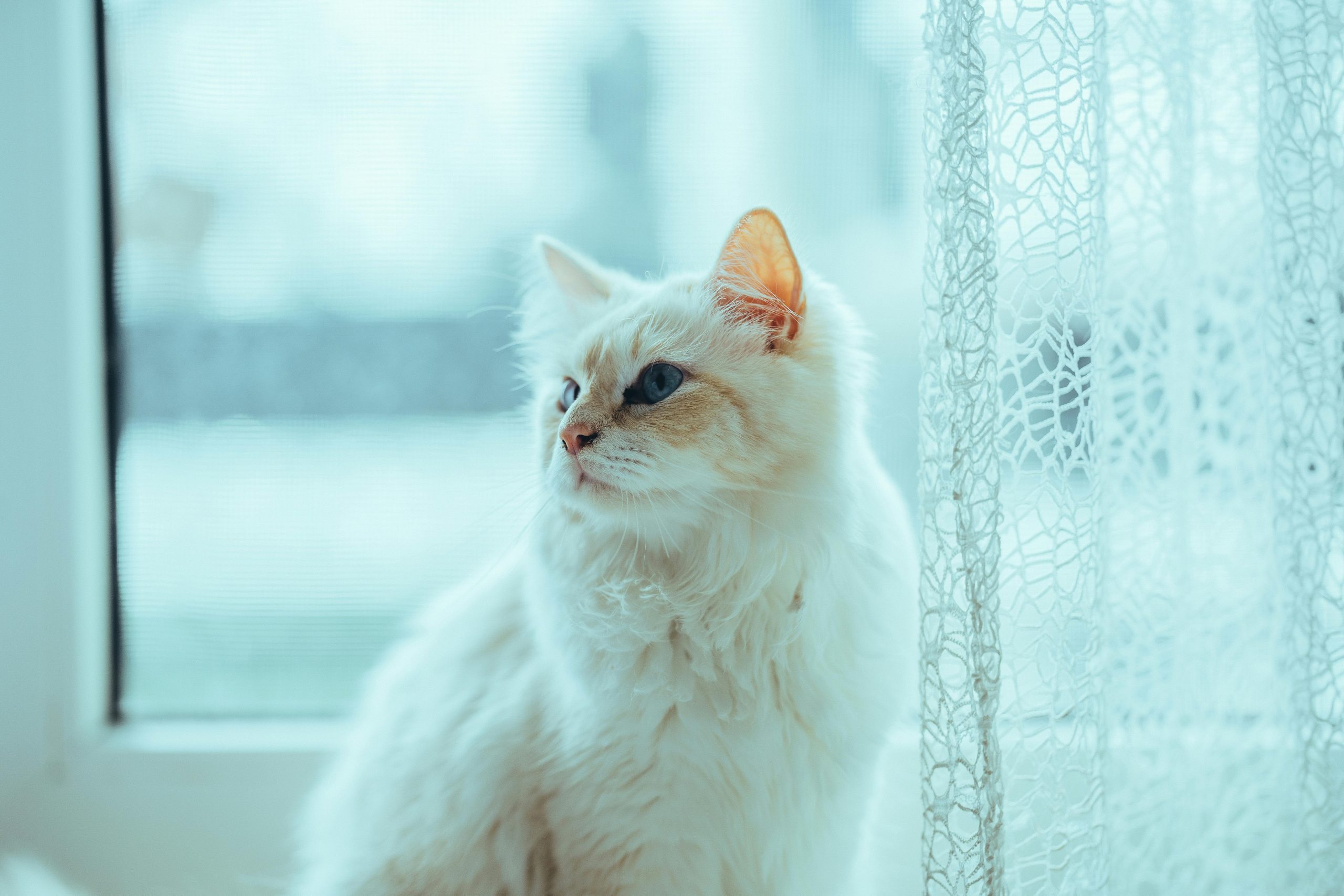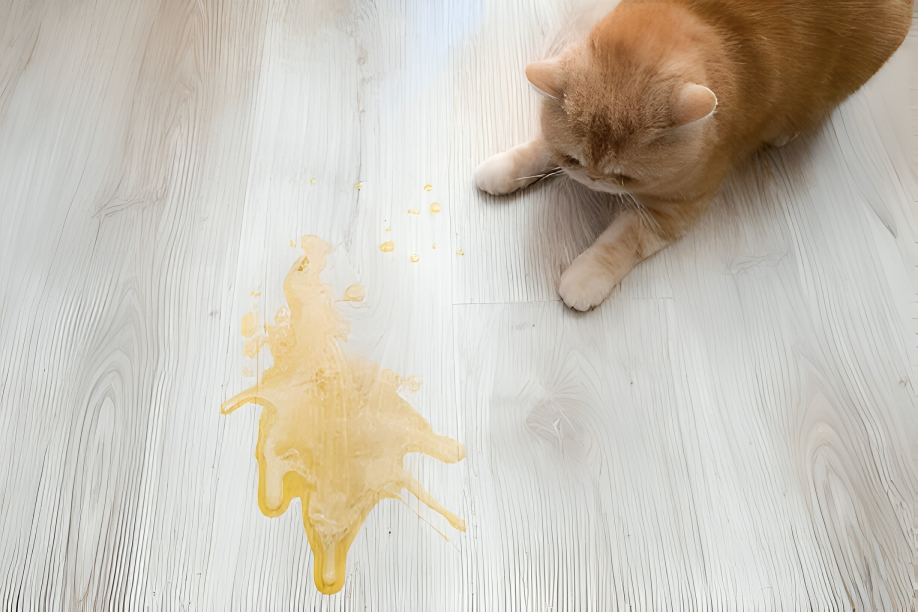If your affectionate, well-mannered Ragdoll suddenly stops using the litter box, it’s not rebellion — it’s a signal. Ragdolls, known for their gentle nature, rarely develop litter box problems without a clear reason. The cause might be medical, environmental, or emotional, and often, it’s fixable once you know what’s behind it.
In this guide, you’ll find real-world vet tips and trusted advice from fellow Ragdoll owners to help you solve it. We’ll look at:
- Health issues that can trigger avoidance
- Stress factors unique to sensitive Ragdolls
- Litter box preferences and setup tips
- Practical fixes to restore good habits
Skipping the litter box is a message, not mischief. Let’s decode what your cat is trying to tell you — and help them feel safe using it again.
Medical Reasons Your Ragdoll Might Avoid the Litter Box
Before you assume your Ragdoll’s litter box problems are behavioral, check for medical causes first — pain or illness can make even the best-trained cat avoid the box.
The usual suspects include urinary tract infections, constipation, arthritis, or stress-related cystitis — all of which can make using the box uncomfortable. Watch for warning signs like:
- Crying when squatting
- Straining
- Blood in urine
- Not peeing at all
If any of these symptoms show up for more than 24 hours, or your cat stops urinating entirely, treat it as an emergency, especially in males, where blockages can be life-threatening. A quick vet visit can make all the difference and help get healthy litter box habits back on track.
Recommended Post
5 Common Environmental Causes
Even a healthy Ragdoll can avoid the litter box if their environment isn’t quite right. These cats are sensitive, clean, and particular, meaning small changes in texture, smell, or location can cause big reactions. Understanding and adjusting these factors can often solve the problem without major retraining.
Litter Type & Texture Preferences
Ragdolls have soft, delicate paws and often dislike rough or large-pellet litter. A sudden switch — from clumping clay to pine pellets, for example — can feel strange and uncomfortable. Strongly scented litter can also overwhelm their keen sense of smell. For most Ragdolls, unscented, fine-grain, low-dust litter feels most natural — many owners find clumping clay or tofu litter works best.
Box Size & Shape
Because Ragdolls are larger cats, a cramped or covered litter box can feel restrictive. They usually prefer jumbo, open boxes where they can move freely. Seniors or cats with mobility issues often do better with low-entry boxes that are easy to step into — think roomy and easy to access, and your Ragdoll will thank you.
Why a Clean Litter Box Matters for Ragdolls
Ragdolls are tidy by nature, and even a slightly dirty litter box can turn them away. Odors, clumps, or damp spots may send them looking elsewhere — sometimes the bath mat! Scooping twice daily and giving the box a thorough weekly clean with unscented soap helps keep it fresh and trustworthy.
Placement & Accessibility
Noise, drafts, or heavy foot traffic can make a litter box feel unsafe. A box beside a washer/dryer or in a busy hallway can lead to avoidance. Ragdolls prefer quiet, low-traffic spots where they feel secure and can enter or exit without feeling trapped.
Number of Boxes
Even single-cat households benefit from having more than one litter box, placed in separate areas. This gives your Ragdoll a choice and avoids the “claimed” smell that can build up in a single box, especially in multi-cat homes.
You Might Also Like
Special Situations That Cause Litter Box Avoidance
Sometimes, even a well-trained Ragdoll will avoid the litter box for reasons beyond basic training. Past painful experiences — like a urinary tract infection — can leave a lingering fear of the box itself. Declawed cats may also hesitate if certain litter textures irritate their sensitive paws.
Addressing the cause — not just the symptom — helps rebuild trust and comfort. Always adapt the litter box setup to your Ragdoll’s changing needs, and remember: patience goes a long way.
How to Train Your Ragdoll to Use the Litter Box Again
Fixing litter box avoidance in a Ragdoll takes a mix of patience, consistency, and smart environmental tweaks. The goal isn’t to punish accidents but to rebuild positive associations and remove stress triggers. Here’s how to approach it effectively.
Reintroducing the Litter Box
The “litter box boot camp” method works well—confine your cat to a small, quiet room with food, water, toys, and a clean litter box for 7–14 days.
This limits territory and reinforces good habits. Watch for several days of consistent use before slowly expanding access. Always reward successes with treats or gentle praise.
Using Attractants
Cat-safe litter attractants like Dr. Elsey’s Cat Attract can encourage use, while calming pheromone diffusers help ease stress during retraining. Adding a small amount of used litter from a successful trip can also guide them back.
Gradual Litter Changes
Avoid sudden switches. Blend the old and new litter over a week or more to respect your Ragdoll’s texture and scent preferences. Most do best with fine-grain, unscented, clumping litter at a depth of about 2–3 inches.
Making the Box More Inviting
Choose a jumbo, open litter box that’s easy to enter. Place it in a quiet, private location away from food and water. Spread boxes across different home areas and follow the “one per cat plus one extra” rule.
You Might Also Like
Troubleshooting Quick Guide
| Problem | Likely Cause | Solution |
| Not urinating at all | Medical emergency | Upgrade the box, scoop more often |
| Box is too small/dirty | Dirty box, stress, health issue | Clean daily, reduce stress |
| Avoiding certain litter | Texture/scent dislike | Switch to preferred litter |
| Only pooping outside | The box is too small/dirty | Upgrade box, scoop more often |
Final Thoughts
Litter box issues in Ragdoll cats can be frustrating, but they’re rarely about defiance — they’re your cat’s way of communicating discomfort, stress, or pain. Solving the problem takes patience, careful observation, and good preventive care.
Adjust one factor at a time — location, litter type, box style — and track results in a behavior log. Always rule out medical causes before focusing on behavior. Skip the punishment; instead, create a calm, steady environment your cat can trust.
Most Ragdolls return to the litter box when they feel safe and understood. That’s how I keep my own Ragdoll happy — and my carpets clean. Got your own tip? Share it below — it might help another cat parent too!

Hi, I’m Mo Pavel—a writer, researcher, and devoted animal lover. With my Persian cat Luna and two loyal German Shepherds, Rex, and Max, I live a life centered around pets. Beyond my home, I care for stray dogs, ensuring they feel loved and safe. Through Cats Question, I share insights to help pet owners create better lives for their furry companions.






